Blog
What is Monkeypox: Understanding the Symptoms, Treatments, and Preventions

What is Monkeypox: Understanding the Symptoms, Treatments, and Preventions
Table of Contents
ToggleMonkeypox (Mpox): Overview
Monkeypox or Mpox is a rare infectious disease which is caused by the virus – Monkeypox abbreviated as MPXV. Usually, the virus transmits to humans from animals. The primary source of transmitting the virus is direct contact with the infected animals. The disease is similar to smallpox in symptoms; however, it is less severe than smallpox.
Recently, a global outbreak occurred between 2022 and 2023. The natural resource of spreading the virus is still unknown; however, some small mammals, including monkeys and squirrels are susceptible. The outbreak suddenly appeared in May 2022 and spread rapidly across the Americas, Europe, and then all six regions of the World Health Organisation – WHO. Around 87 thousand cases and 112 deaths were reported from 110 countries worldwide.
According to the recent report of Gov.uk, there were around 3,738 monkeypox cases confirmed in the United Kingdom between May 6th, 2022 and February 27th, 2023. The following is the detail of the confirmed cases reported in the different regions in the UK:
| UK Nations | Total Confirmed Cases |
| England | 3,558 |
| Northern Ireland | 34 |
| Scotland | 98 |
| Wales | 48 |
| Total | 3738 |
Monkeypox is not a new viral disease; however, it was first discovered in 1958 when a pox-like disease was spread among monkeys kept for research in Denmark. Due to its similarity to smallpox, the disease was named Monkeypox. However, smallpox is caused by a different virus, known as variola virus. The first case of monkeypox in humans was diagnosed in 1970, in the Democratic Republic of Congo. After this, several outbreaks were reported in the Western and Central African countries. The outbreaks were particularly reported in rural areas where people had direct contact with animals.
One of the largest outbreaks was reported in 2017 in Nigeria when over 200 cases were confirmed and several deaths reported. The outbreak has also been confirmed or reported in several other African countries, including Liberia, Cameroon, and Central African Republic. Many other occasional cases have been reported in the rest of the world, including the United Kingdom, the United States, and other regions. Here we come with the common causes, symptoms, diagnosing plans, and treatments of Monkeypox. As well as this, we have also discussed the self-care and preventive measures, suggested by experts, to help speed up recovery and avoid the chances of monkeypox.
How to diagnose Monkeypox?
Sometimes, it becomes difficult to diagnose monkeypox because it shows the same symptoms and signs similar to other infectious diseases. To better understand the symptoms, healthcare professionals suggest a laboratory test – polymerase chain reaction (PCR). Laboratory technicians take the specimens directly from the rash skin, fluid, or crusts. A blood test or anti-body detection test is not recommended for monkeypox because they are failed to distinguish between various orthopoxviruses.
Monkeypox: Common causes and symptoms
Commonly, monkeypox is transmitted to humans from infected animals. The virus transmits through direct contact with infectious crusts, rash, or scabs. The virus may also spread through fluids from saliva, sores, or infected body fluids, such as respiratory secretions.
The virus may also spread through person-to-person contact with infectious skin and other lesions, such as on the genitals or in the mouth.
The signs and symptoms of monkeypox usually begin within a week but may start between 1 and 21 days after exposure. The symptoms of monkeypox may last 2 – 4 weeks. However, the symptoms may last longer in people with weakened immune systems. The following are the common symptoms resulting from monkeypox:
- Skin rashes
- Fever
- Headache
- Sore throat
- Muscle pain
- Back pain
- Lower energy level
- Swollen lymph nodes
People may also suffer from skin lesions. Some people may have one or more and others may experience hundreds or more skin lesions. You may experience lesions anywhere on the body. For example, they may usually be found in the following areas:
- Palms of hand
- Soles of feet
- Mouth, throat, and face
- Genitals and groins areas
- Anus
Monkeypox: Treatment and vaccination
The basic purpose of treating monkeypox is taking care of rashes, managing pain, and preventing complications. Taking care of the symptoms early is necessary to manage the primary symptoms and reduce the chances of further problems. Vaccination for monkeypox helps prevent infection. The person should be vaccinated within 4 days of contact with others suffering from monkeypox. It may also be necessary to vaccinate the person when there are no symptoms within 14 days.
Some people, such as healthcare workers, are at a high risk of infection and they are recommended to be vaccinated – especially during an outbreak to prevent monkeypox.
Tecovirimat – a vaccine originally developed to treat smallpox may also be used to treat the symptoms of monkeypox. Several other antivirals may also be considered helpful and further studies on these antivirals are underway.
Monkeypox: Self-care and prevention
Generally, in most people, the monkeypox symptoms may get recovered within 2 – 4 weeks. You must follow the given self-care and preventative measures, recommended by experts, to speed up recovery or prevent the spread of monkeypox:
- Try to stay at home, especially in your room if possible
- Wash your hands frequently with soap and hand sanitisers. Do it especially before and after touching the sore areas
- When you are around people, you must wear a mask and cover the lesions
- You need to keep your skin dry and uncovered
- If you live in a shared space, must avoid touching things. You must also disinfect the shared spaces frequently
- To treat sores in the mouth, using saltwater rinses is recommended
- To treat body sores, it is recommended to take a warm bath with Epsom or baking soda
- To eliminate pain, taking over-the-counter medication is helpful
You must also avoid doing the following activities, to speed up the recovery from monkeypox:
- Avoid popping blisters or scratching sores because they can slow healing and spread the rash to other body parts. This may also cause sores to become infected.
- You must not shave the sore areas until your skin is healed properly. This activity may cause rashes to other body parts.
Social Share
More Posts
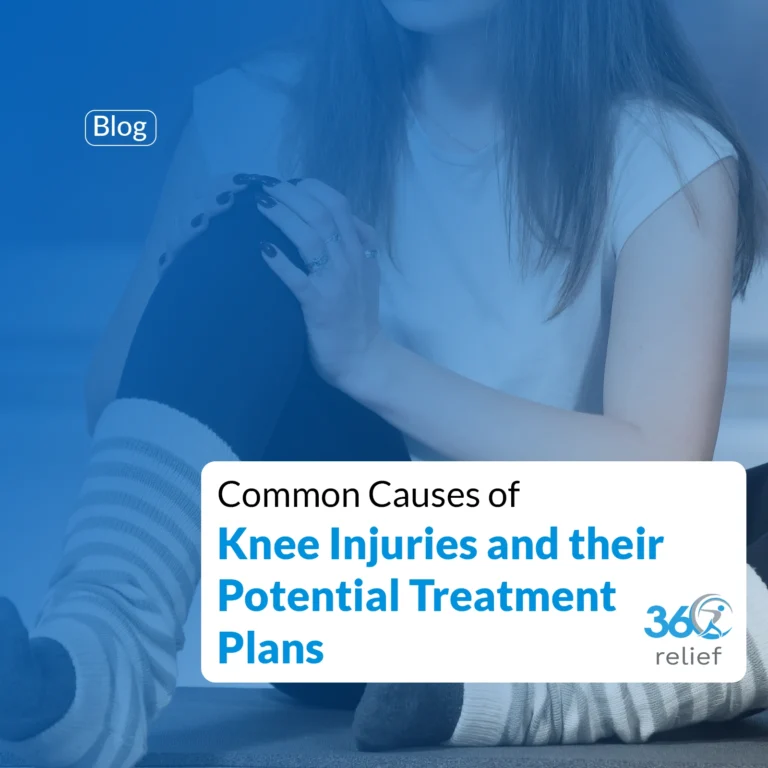
Common Causes of Knee Injuries and their Potential Treatment Plans
Knee Injuries: Overview The knee joint is considered one of the complex and largest joints in the body. It is

What is the Fastest way to Heal a Dislocated Knee?
A dislocated knee is relatively an uncommon injury. Ligaments connect the bones of the knee, which will result in a

Wake Up Refreshed: The Science-Backed Benefits of Eye Masks
Sleep is something we all know we need, yet many of us don’t get enough of it. Whether it’s the
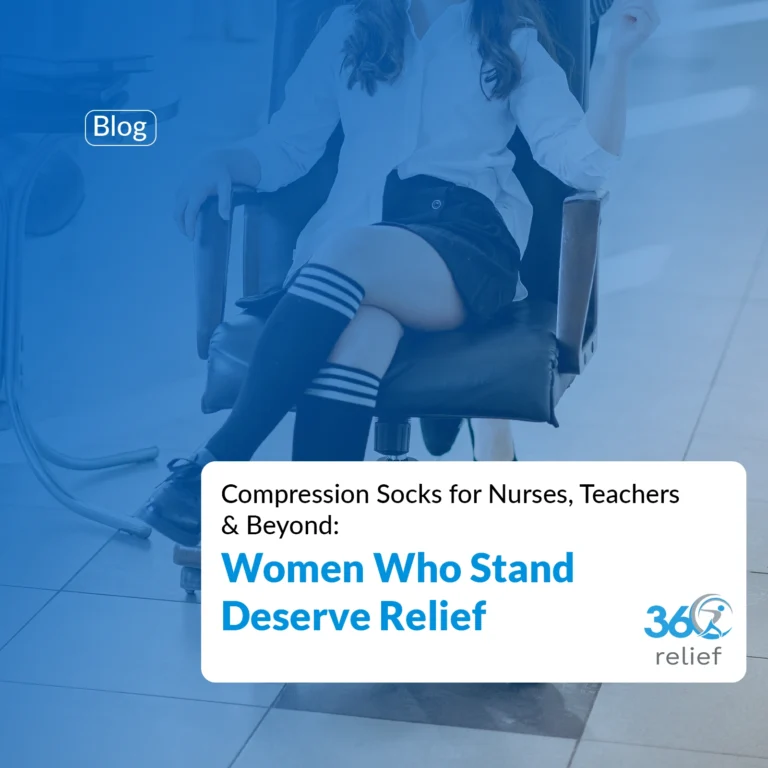
Compression Socks for Nurses, Teachers & Beyond: Women Who Stand Deserve Relief
Introduction Long days on your feet can be exhausting. Whether you are caring for patients, teaching in a classroom, welcoming
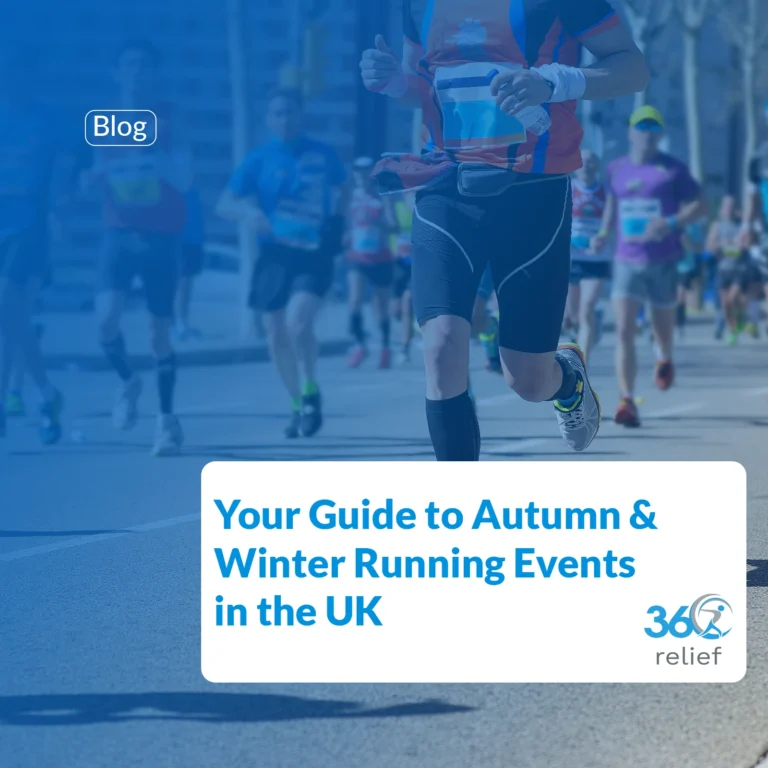
Your Guide to Autumn & Winter Running Events in the UK
As the leaves turn golden and the evenings draw in, the running community across the UK doesn’t slow down. If
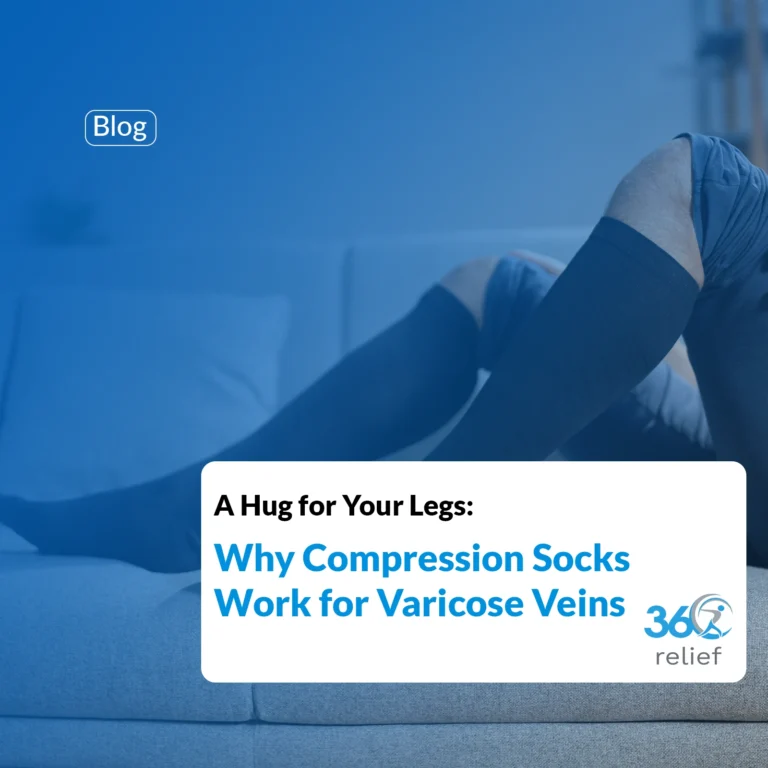
A Hug for Your Legs: Why Compression Socks Work for Varicose Veins
Varicose veins are more than just a cosmetic concern. For many people, they bring discomfort, swelling, and a heavy feeling

Sprained Wrist: Causes, Symptoms, Treatments, and Recovery
A wrist sprain(s) occurs when a ligament in the wrist is partially injured. Ligaments are the dense connective tissues that

2025 Unibet British Open Snooker: Play Longer, Stay Stronger with the Right Support
The 2025 Unibet British Open Snooker is just around the corner, and excitement is building as fans prepare to watch

Ride Longer, Recover Faster: Why Every Cyclist Needs Compression Socks
Cycling is one of the most rewarding sports for both fitness and leisure, but it also places high demands on

Stay Injury-Free During the 2025 Tour of Britain: The Best Protective Supports for Cyclists
Cycling fans across the UK are gearing up for one of the most exciting events on the sporting calendar –

Train Hard, Recover Smarter: Why Supportive Products Are Key for 2025 World Boxing Championships Success
The World Boxing Championships 2025 are just around the corner, with Liverpool preparing to host some of the finest athletes

Top Benefits of Using a Sleep Eye Mask for Deeper, Healthier Rest
Getting enough sleep is one of the most important foundations of good health, yet many people in the UK struggle

Women’s 2025 Rugby World Cup: Thrilling Action, Smart Moves to Escape Possible Injuries
1. Introduction – Rugby’s Biggest Stage Returns to England From August to September 2025, England will host the most exciting
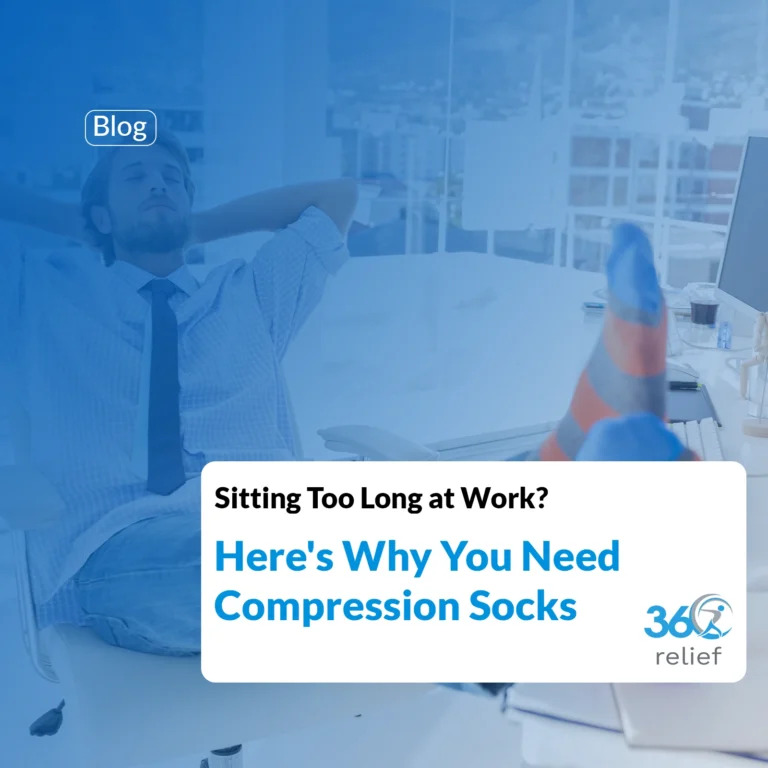
Sitting Too Long at Work? Here’s Why You Need Compression Socks
Modern workplaces often involve long hours at a desk, whether in an office or working from home. While sitting may
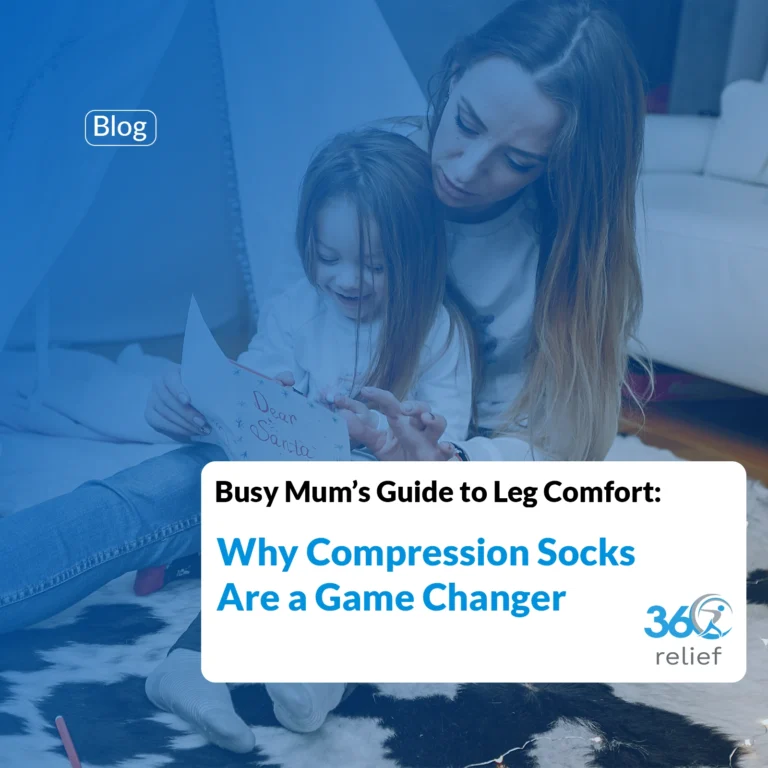
Busy Mum’s Guide to Leg Comfort: Why Compression Socks Are a Game Changer
Mums are the true multitaskers of everyday life. From school runs to supermarket trips, from cleaning to working on your

